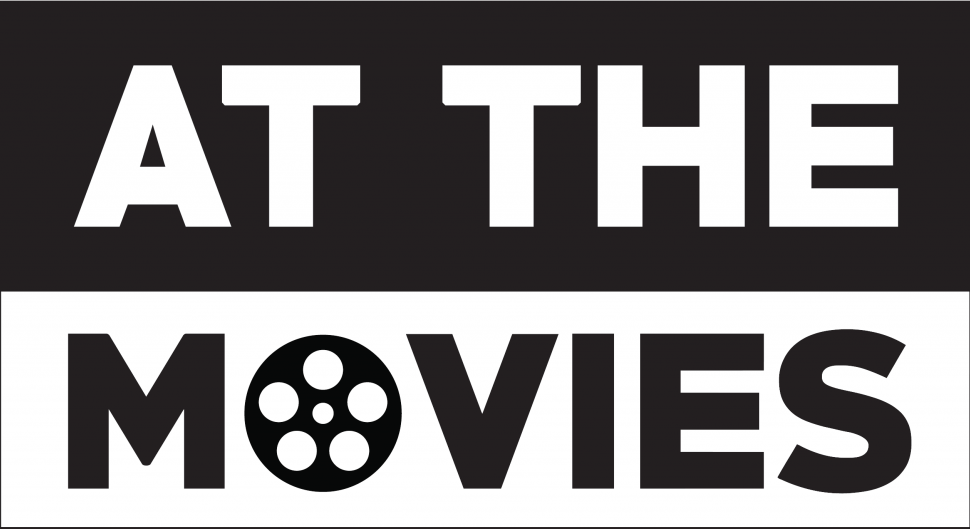Stepping into the gothic realm with grisly imagery and jolting sound effects that may persuade one they’re watching a horror seems to make a gripping case for why Kenneth Branagh finally got his best work out of A Haunting in Venice. Perhaps it may have to do with being so brazenly unfaithful, stirring the pot with Agatha Christie’s “Hallowe’en Party” instead of remaining rigorously as unwavering compared to the two predecessors staring Mr. Hercule Poirot (Branagh himself). Indeed, the methodical trends from the series’ past films linger as the production team relishes within the claustrophobic location, including a limited number of suspects with their motives/alibis.

Yet, the supernatural elements seem infectious this time, as the rules are now allowed to become more unsettling beyond the parameters of the camera scope. We’ll address the splendid camerawork later. Let’s hash out the plot around our “retired” Belgian detective, who has settled down in Venice with pastries and a shrewd ignorance of the locals who request his services. An old friend (or, as Poirot mentions, “I don’t have any friends”) by the name of Ariadne Oliver (Tina Fey) piques his interest with a Halloween gathering that shifts into a seance regarding a girl committing suicide after an engagement was broken off. The two main acts are joined by an angry chef, Maxime (Kyle Allen), bodyguard Vitale (Riccardo Scamarcio), two Hungarian travelers, Nicholas and Desdemona (Ali Khan and Emma Laird, respectively), housekeeper Olga (Camille Cottin), and Dr. Ferrier and his son (Jamie Dornan and Jude Hill). We also cannot forget the grieving mother Rowena (Kelly Reilly) and supposed psychic Joyce Reynolds (Michelle Yeoh).
Branagh and his crew don’t tread lightly regarding the atmosphere; they’re aware of the cinematic ensorcellment of Venice and take advantage of their favored canted angles. Someone told Haris Zambarloukos not to miss with any of the vast selection of shots, which all stay presented elegantly and charge into the death-haunted mentality of folks from elder generations. The performances remain top-notch, with everyone aiming to outweigh one another as we bite our time towards the climax to unveil the killer.
The puzzling aspects of the plot, while nifty, don’t become any more compelling when the absence of characterization strikes the screen as much as those punctuated jolts. The mechanics of the plot cannot expand further as we prioritize the moments to torment audiences rather than tell a detective tale. The second act falls into an anemic trap, as it struggles to sustain the adrenaline out of the visual spars between Branagh and his associates but feels more of a rehash of what we’ve seen in the predecessor works.
Nonetheless, this is a respectful step in the right direction for Poirot, with more cases to solve. The revitalization through the paranormal activities gives the third outing more sustenance than most third chapters, and it stays enthralling thanks to superb cinematography and evocative performances. What it lacks in character, A Haunting in Venice makes up for in unique visual artistry.





